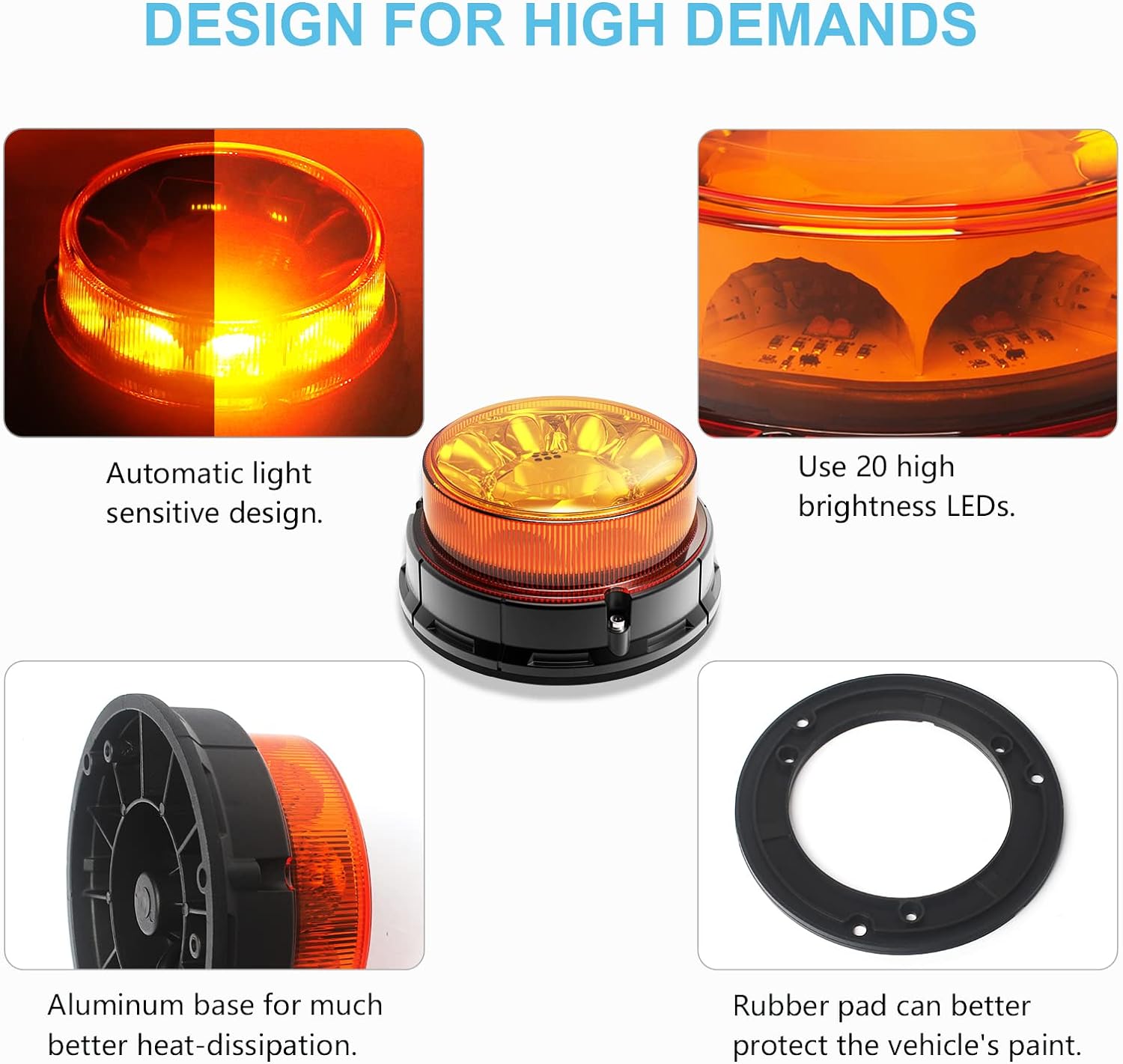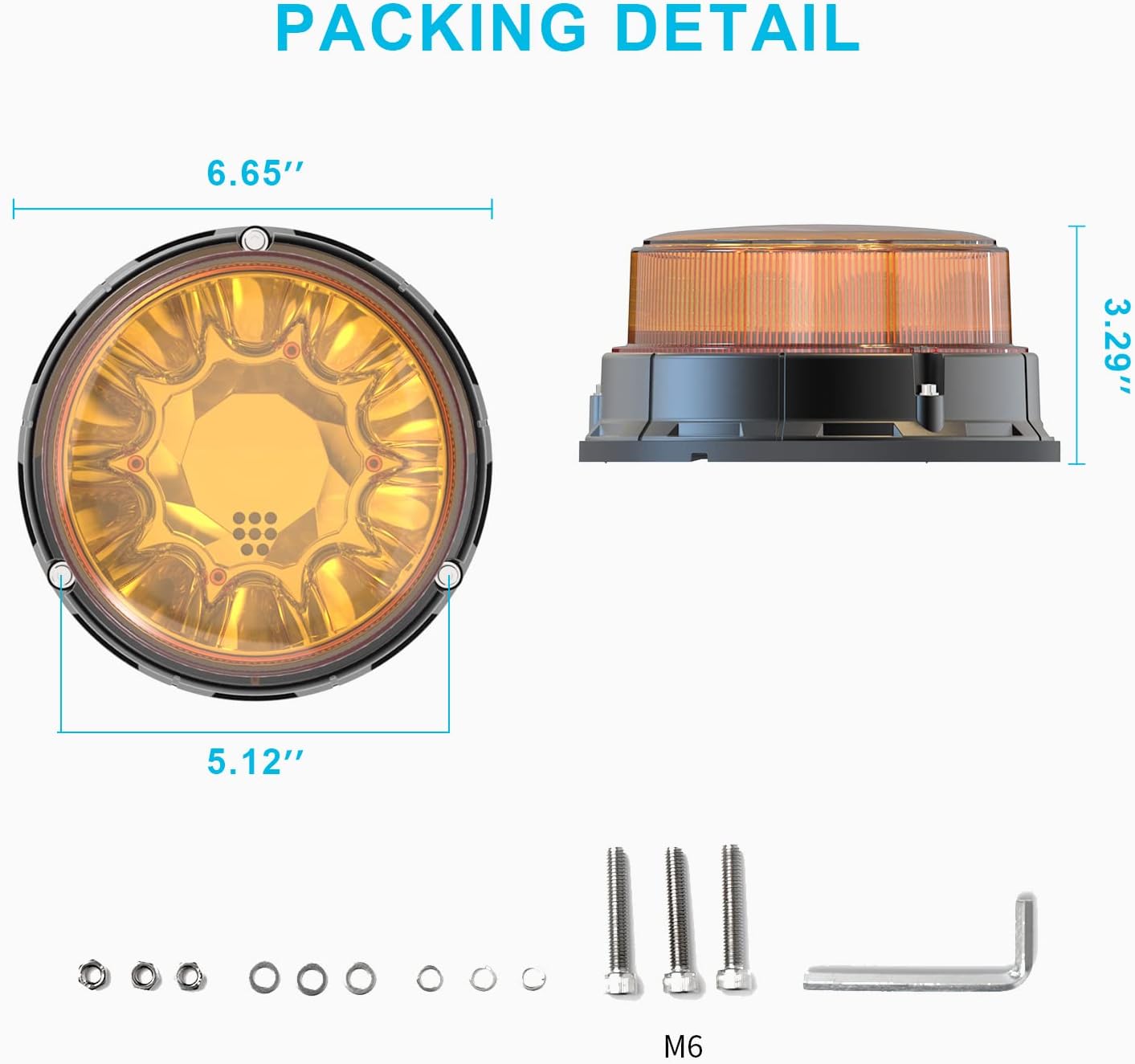Register an account | Forget the password
Become our member and enjoy discounts on purchases in this mall
LED emergency vehicle lights are a crucial asset for first responders and law enforcement personnel, particularly during adverse weather conditions. When poor visibility is caused by rain, fog, snow, or other weather challenges, it is vital for emergency vehicles to be easily visible to other drivers on the road. Mascarello emergency lights are meticulously designed to offer optimal visibility and safety under these demanding circumstances.
Here are some tips for using LED emergency vehicle lights in bad weather:
1. Use high-intensity lights:
Mascarello emergency lights are known for their high-intensity output, which makes them ideal for use in bad weather. The bright LED lights can cut through fog, rain, and snow, ensuring that the emergency vehicle is visible from a distance.
2. Opt for multiple flash patterns:
LED emergency lights with multiple flash patterns are more effective in catching the attention of other drivers, especially in bad weather. Mascarello emergency lights offer a variety of flash patterns, including strobe, rotating, and pulsating options, allowing for better visibility in different weather conditions.

3. Position the lights strategically:
It's important to position the LED emergency lights strategically on the vehicle to maximize visibility. In bad weather, when visibility is already compromised, having the lights placed at optimal angles can make a significant difference in how well they are seen by other drivers.
4. Keep the lights clean:
Bad weather can cause dirt, grime, and water to accumulate on the LED emergency lights, reducing their effectiveness. Regularly clean the lights to ensure that they are free from any obstructions that could hinder their visibility.

5. Adjust the brightness:
Some Mascarello emergency lights come with adjustable brightness settings, allowing users to customize the intensity of the lights based on the weather conditions. In situations where visibility is severely limited, such as during heavy snowfall or dense fog, reducing the brightness may be necessary to prevent glare and improve overall visibility.
6. Use auxiliary lighting:
In addition to LED emergency lights, consider using auxiliary lighting such as perimeter lights or scene lights to enhance visibility around the vehicle. These additional lighting options can be especially useful in bad weather when the surroundings may be obscured.

7. Regular maintenance:
Proper maintenance of LED emergency lights is essential to ensure their reliable performance in all weather conditions. Check the lights regularly for any signs of damage or malfunction, and promptly address any issues to maintain their effectiveness.
In summary, LED emergency vehicle lights, such as those provided by Mascarello, play a pivotal role in guaranteeing the safety of first responders and law enforcement personnel in adverse weather. By adhering to these guidelines for using LED emergency vehicle lights in challenging weather conditions, visibility can be maximized and risks minimized on the road.